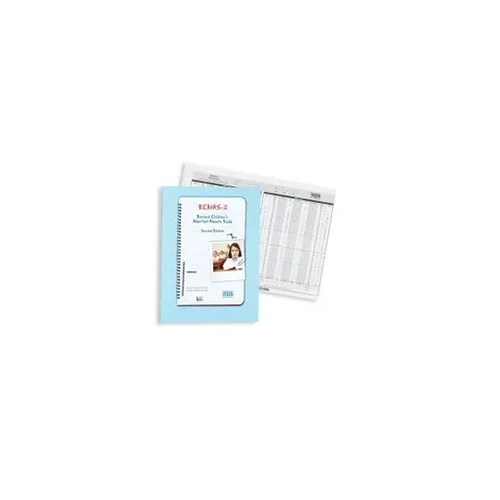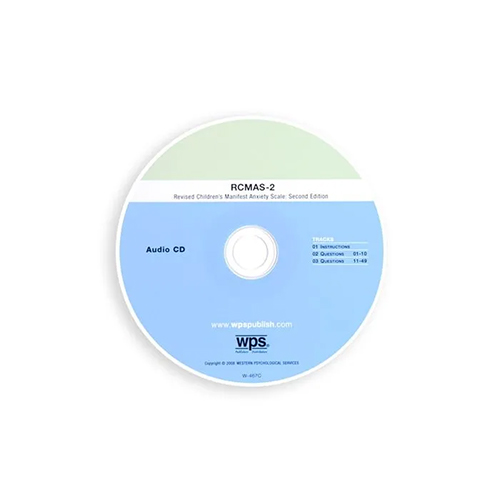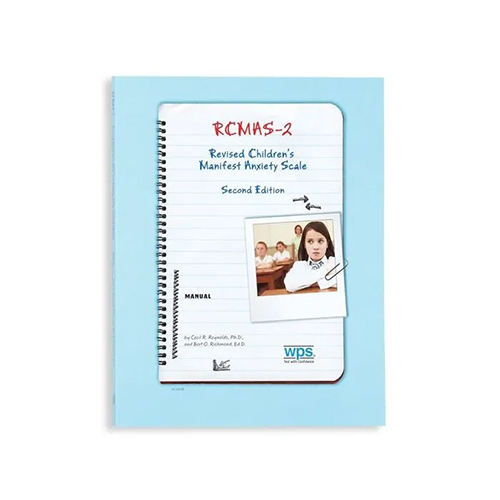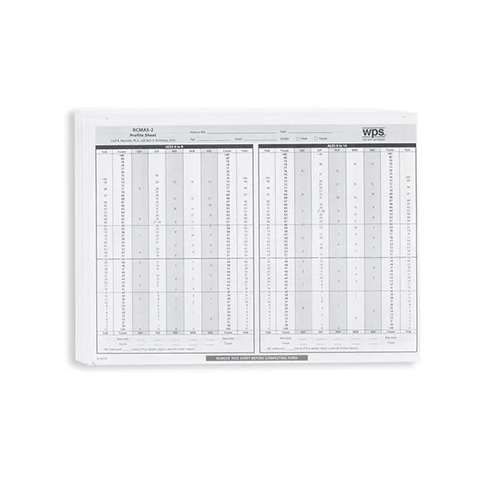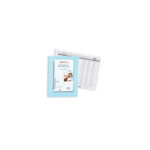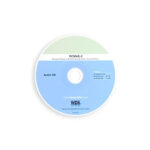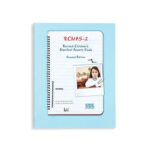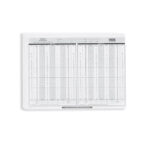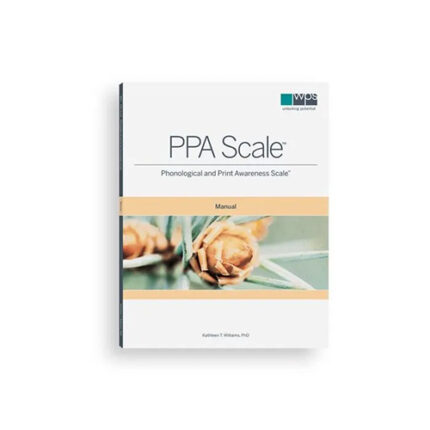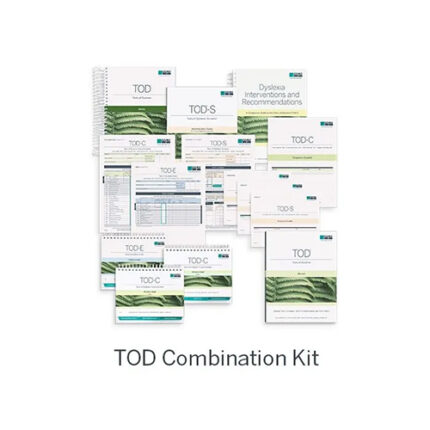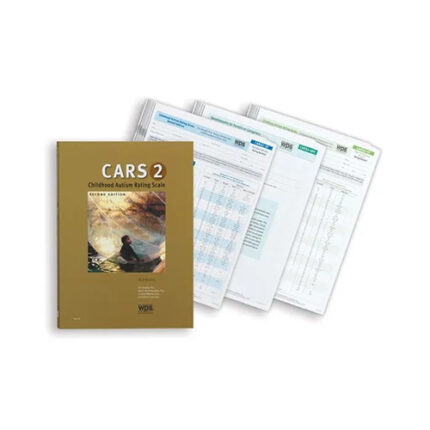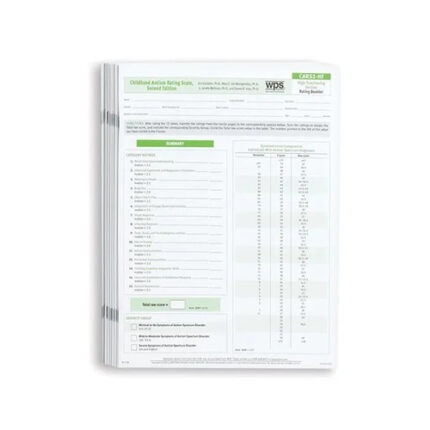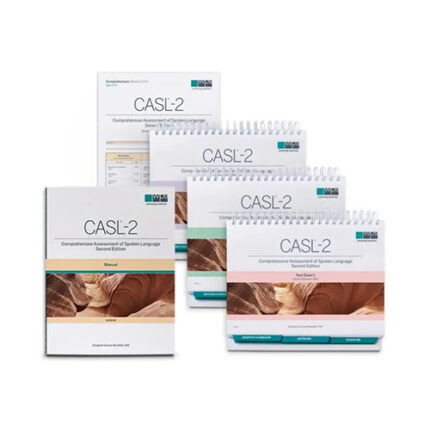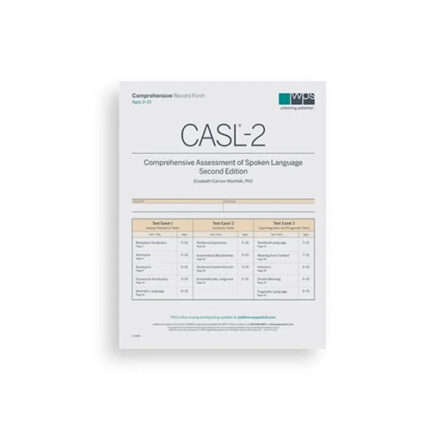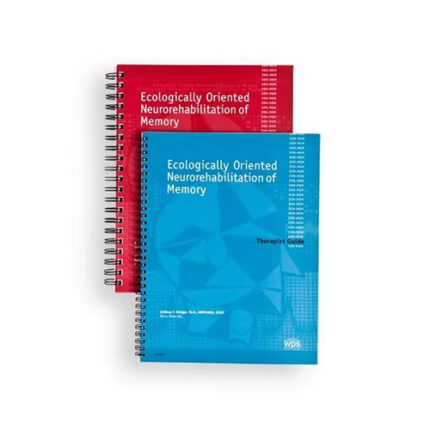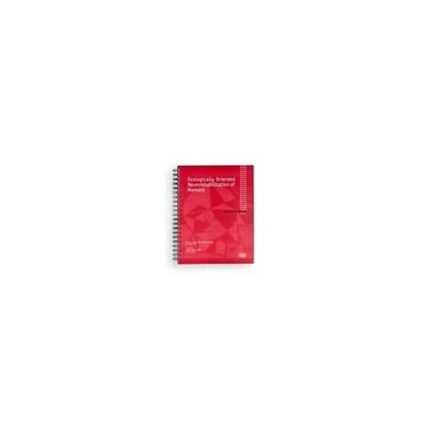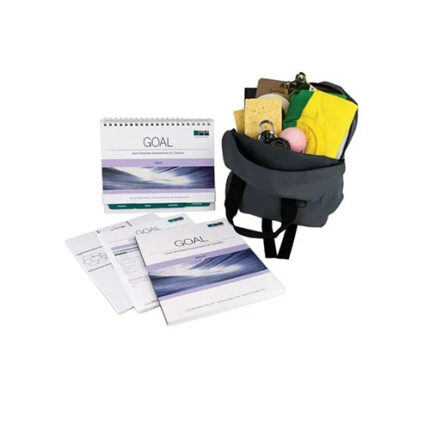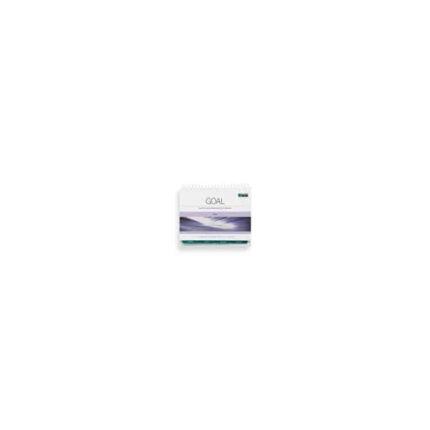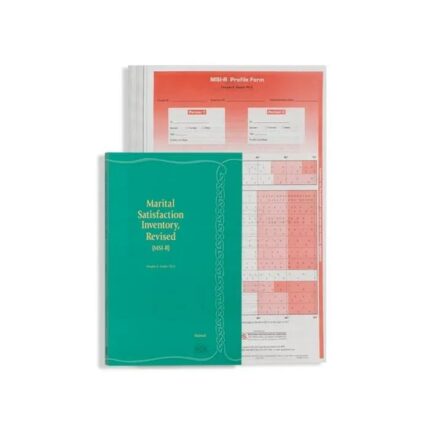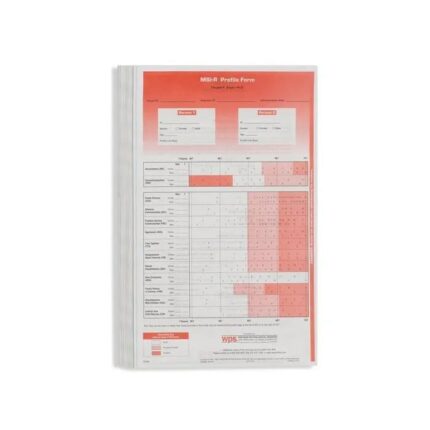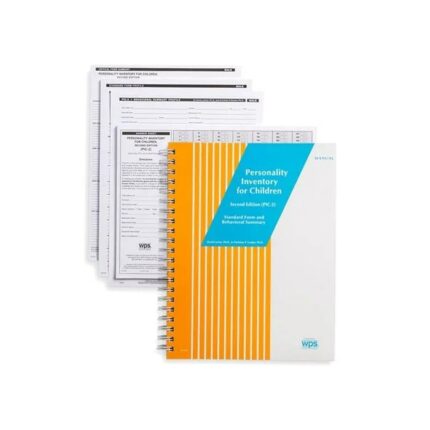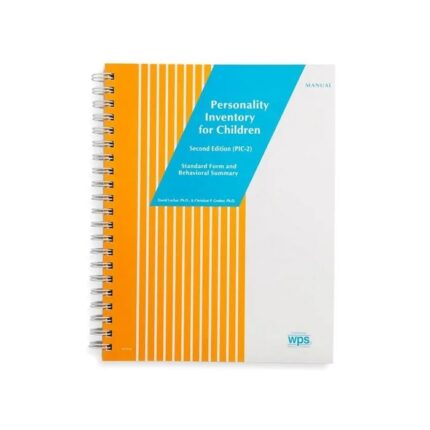(RCMAS-2) Revised Children’s Manifest Anxiety Scale, Second Edition
Published Translations
BY CECIL R. REYNOLDS, PHD, AND BERT O. RICHMOND, EDD
One child in nine experiences an anxiety disorder. But because anxious children tend to be quiet, compliant, and eager to please, their problems sometimes go unnoticed. The new RCMAS-2 quickly brings into focus the often invisible worry, stress, and fear that can lead to academic difficulties, social withdrawal, substance abuse, and other problems.
An Updated Second Edition
Widely used by school psychologists, clinicians, and researchers, the Revised Children’s Manifest Anxiety Scale is now available in an updated second edition. The new RCMAS-2 retains all the features that made previous versions of the test so popular—brevity, a simple yes/no response format, an elementary reading level, and content-based item clusters that help pinpoint children’s problems and focus intervention. At the same time, it adds a convenient Short Form, updated and ethnically diverse norms, and new items that reflect changes in the way children now experience anxiety.
A New Look at Performance and Social Anxiety
Like its predecessor, the RCMAS-2 is a brief self-report inventory measuring the level and nature of anxiety in 6- to 19-year-olds. The test is now composed of 49 items covering the following scales:
- Physiological Anxiety
- Worry
- Social Anxiety
- Defensiveness
- Inconsistent Responding index
The Social Anxiety scale replaces the RCMAS Social Concerns/Concentration scale, and a new cluster of 10 items assesses performance anxiety. These changes address the increased pressure that today’s children feel to achieve, academically and socially. They allow teachers and school psychologists to monitor the stress that children may experience and help them cope with it.
The Defensiveness scale replaces and improves upon the RCMAS Lie scale, while the Inconsistent Responding index is a new addition.
A Convenient Short Form and Audio Administration Option
Test administration remains quick and easy. The RCMAS-2 can be completed in just 10 to 15 minutes, and a new Short Form, composed of the first 10 items, requires less than 5 minutes. Items are written at a second-grade reading level. An Audio CD is provided for younger children and those with reading or attention problems.
The test generates a Total Anxiety score plus scale scores. Norms are based on an ethnically diverse sample of more than 2,300 individuals between the ages of 6 and 19, with almost equal numbers of males and females. Norms are presented separately for three age groups: 6 to 8 years, 9 to 14 years, and 15 to 19 years.
Because RCMAS-2 scales correlate highly with RCMAS scales, scores from the former may be considered equivalent to corresponding scores from the latter. Consequently, research using the RCMAS extends to the RCMAS-2.
Ideal for Routine Screening, Even in Young Students
Research suggests that it’s a good idea to watch for symptoms of anxiety in children between ages 6 and 8. Studies note that excessive worry in children this young puts them at risk for developing anxiety disorders later on. With its brevity, simple response format, and audio administration option, the RCMAS-2 is well suited to this age group. It’s ideal for routine screening and periodic monitoring all the way through elementary and high school.
Insight Into a Range of Academic and Social Problems
The RCMAS-2 sheds light on many problems, including stress, test anxiety, school avoidance, peer and family conflicts, and drug use. Administered regularly, the scale allows you to identify anxiety in individual children, assess levels of anxiety in the classroom as a whole, and help students handle anxiety-producing situations, both academic and social.
With updated structure and content, the RCMAS-2 not only identifies the problem but also points toward the solution.
Terms often used to search for (RCMAS™-2) Revised Children’s Manifest Anxiety Scale™, Second Edition
RCMAS 2, Revised Children’s Manifest Anxiety Scale, rcmas assessment, interpretation, scale, report template, ranges, pdf, sample report, scoring
Case Example: Perfectionism and Underachievement
Ashley, a 12-year-old girl in seventh grade, was referred for a complete psychological evaluation. Her parents reported that Ashley was bright and creative, yet they were concerned because she was not getting good grades, even though she devoted many hours to her schoolwork each day. Her mother also noted that Ashley had become less interested in social and extracurricular activities.
In cognitive testing, Ashley obtained an IQ of 128 and a standard score of 107 on both arithmetic and reading achievement areas. On a test of creative thinking, her overall creativity index was 94 (M = 100), and her performance was characterized as tight and risk-averse.
Ashley also completed the RCMAS-2. Both her Defensiveness score (60T) and her Total Anxiety score (62T) were high. Her scores on Physiological Anxiety, Worry, and Social Anxiety were 50T, 65T, and 59T, respectively. She endorsed 5 of the 10 items related to performance anxiety.
When asked about her answers to items on the Defensiveness scale, Ashley stubbornly adhered to the view that she was a kind, loving, and perfect girl. This level of defensiveness suggested that her RCMAS-2 scores may have underestimated her level of anxiety. When asked about items endorsed on the Worry scale, she expressed unhappiness about her inability to maintain “straight A’s” in school. She felt sure this would ruin her future prospects. Preoccupied with academic performance, Ashley was checking and re-checking her work—so obsessively that she couldn’t complete her assignments. Nor could she enjoy spending time with her friends.
This pattern of scores and behavior suggested that Ashley was putting excessive effort into meeting unrealistically high expectations—her own and those of her parents. Her anxiety about failing to meet these standards was interfering with her ability to perform, academically and socially.
The school psychologist developed a plan to help Ashley and her parents adopt a more realistic view of her strengths and weaknesses. He encouraged Ashley to pursue creative experiences, cope with anxiety by exploring new activities, and take a less risk-averse approach to life. He placed Ashley in art therapy as well as an anxiety-reduction program targeting her obsessive checking behavior.


